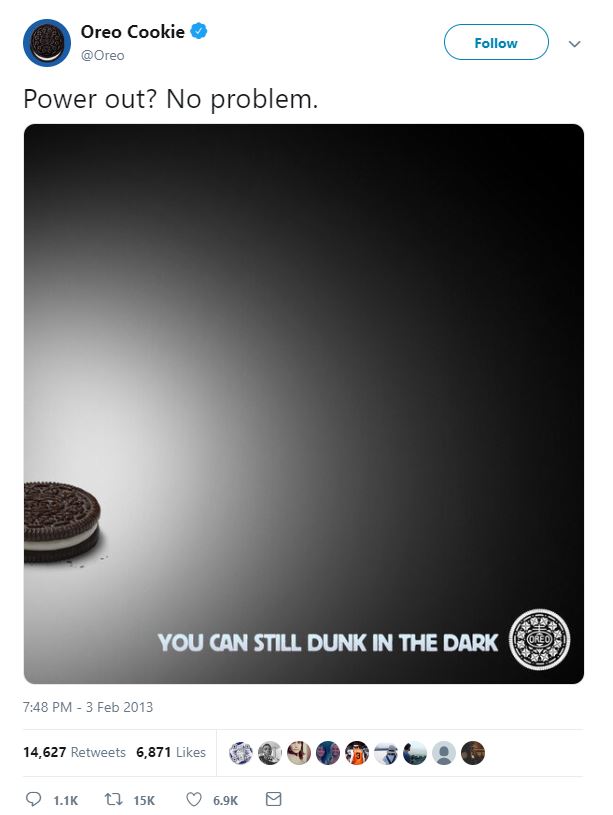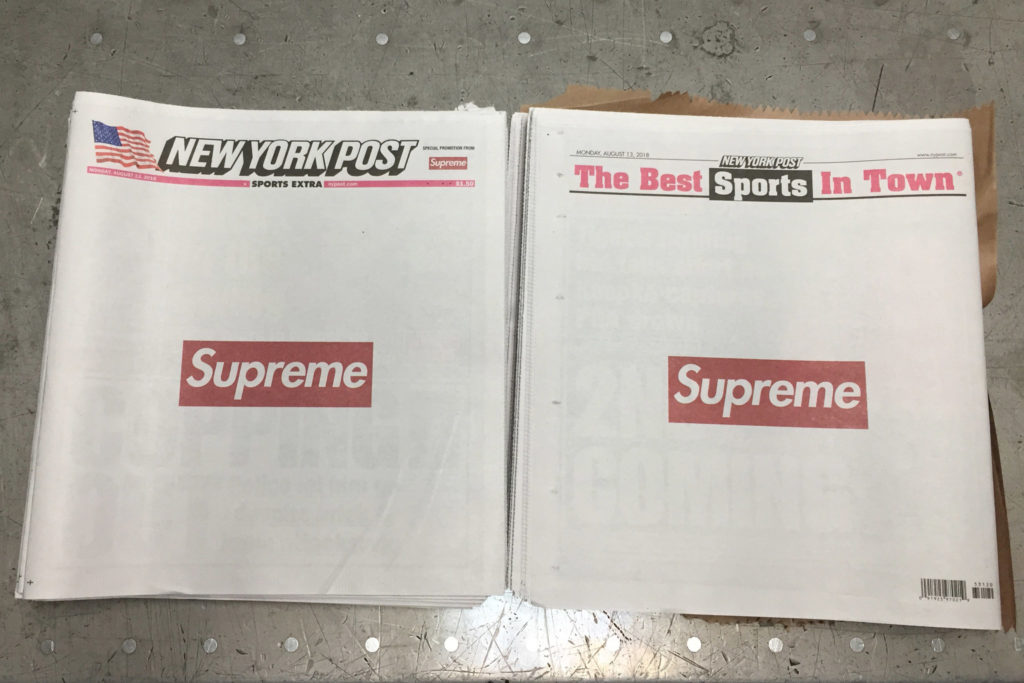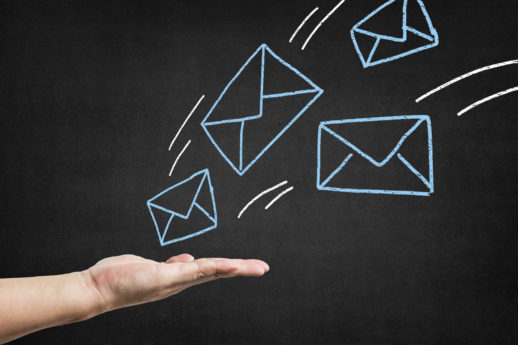This month, we celebrate – ourselves! We are turning 8 this year, and to celebrate, we thought it would be fitting to look back at 8 important marketing moments from the past 8 years.

2011: Kick Start Something Great
Kickstarter came into its own in 2011. It took 16 months to attract 200,000 backers. In 2011, it took 3 months to attract the same number of backers. Unencumbered by “death by committee,” fledgling entrepreneurs were able to create a proof of concept via the magic of crowd funding. Video turned out to be a big key any successful Kickstarter project, foreshadowing the importance of video marketing to come.

2012: NSFW: Dollar Shave Club
Speaking of video, a humble contender in a commodified market dominated by a handful of legacy companies, Dollar Shave Club marketed themselves with a tongue-in-cheek video that spread like wildfire on social media.
The results speak for themselves: in its first three years, the company took a 1% market share and by summer 2016, Dollar Shave Club cornered 5% of the market. At the same time, Gillette’s market share dropped from 71% to 59%.
2013: Dunk in the Dark
Oreo stole the show during Super Bowl XLVII. When the lights went out during game, Oreo tweeted:

Their tweet was retweeted more than 16,000 times. Highlighting the importance of nimbleness and consistency, Oreo’s response shows that legacy brands can master social media too.
2014: Ice Bucket Challenge
Capitalizing on user-generated content is difficult, but when done right, it can be an influential marketing tactic. Case-in-point: The Ice Bucket Challenge. A powerful combination of social media, a good cause, ice water, and friend shaming, the Ice Bucket Challenge proved that yes, you can raise money through social media.
2015 – Move Over Millennials
Generation Z, people born in 1995 or after, were starting to enter the workforce and marketers took notice. This generation is the first generation to be considered true digital natives, having not known a world without the internet. They also make no distinction between digital and IRL.
2016 – Gotta Catch ‘em All
Pokemon Go launches and suddenly people were venturing outside again, if only to catch adorable, digital creatures. The game marked one of the first times that augment reality was used on a mass consumer scale, ushering in even more ways for marketers to reach people where they are.
2018 – Hot Off the Presses
Proving once again, that great marketing isn’t always about the latest, greatest tech, street wear brand Supreme teamed up with the New York Post. The New York Post printed its entire newstand run in a full wraparound cover with the Supreme logo. By 10:30 that morning, copies were selling on eBay for $12 and on the resale fashion site Grailed for $10.

We don’t know what tomorrow may hold, but we are excited for what the future may bring. Here’s to 8 more rockin’ years.








